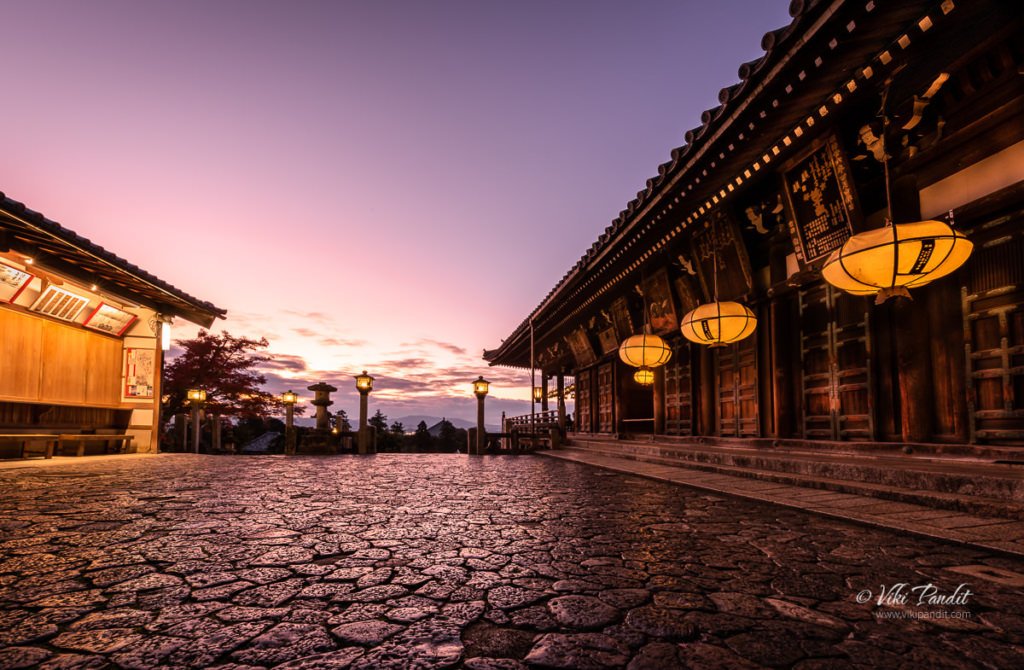Nigatsu-dō is one of the important structures of the Tōdai-ji temple in Nara. If you are here to know more about Nigatsu-dō, you already must be familiar with the Todai-ji temple, registered as a world heritage site, and one of the most revered Buddhist temples in all of Japan. I have visited Nara Park many […]
Nightscape
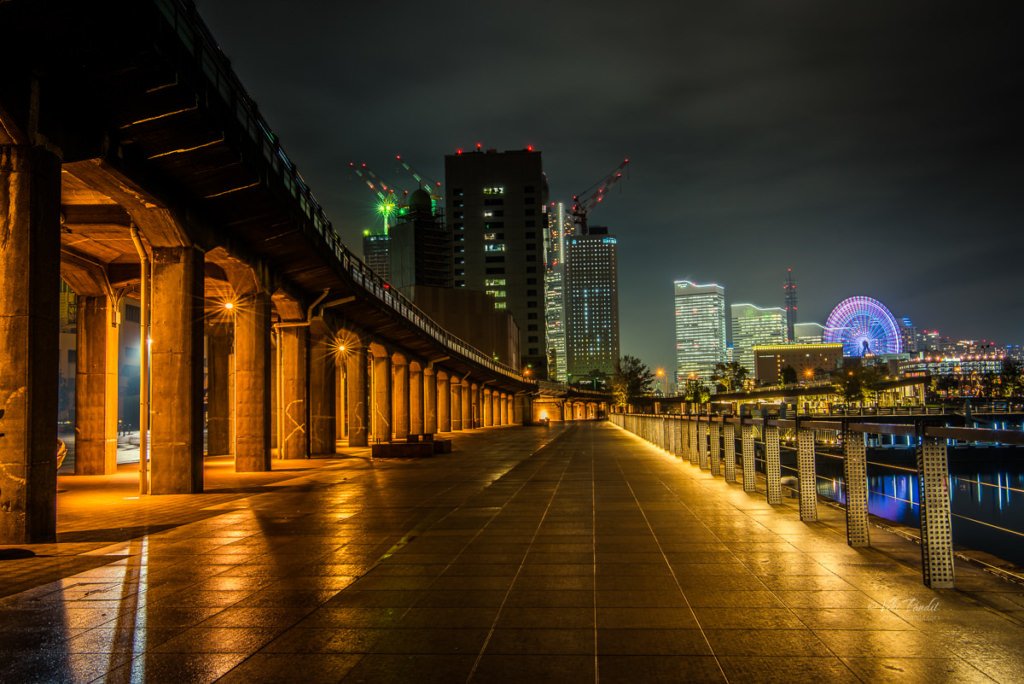
Photowalk along Osanbashi Pier
We go on a photo-walk to capture the famous Yokohama skyline from Osanbashi, the oldest pier in Yokohama. The creatively designed wooden deck with steps, slopes, and benches are perfect for a relaxing evening among gentle sea breeze.
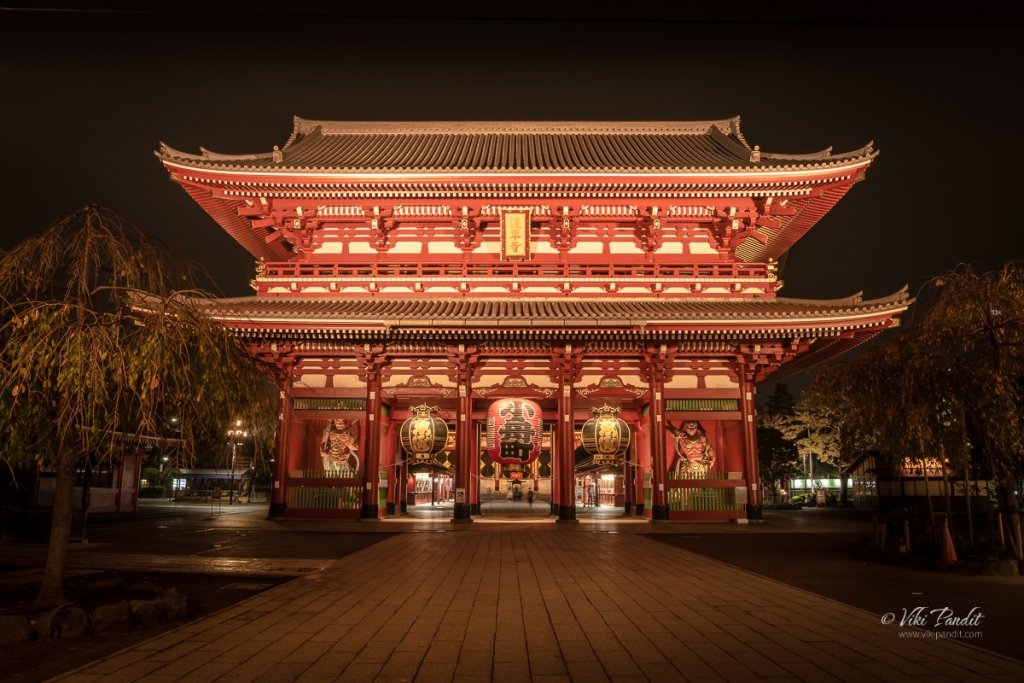
The great Senso-ji Temple
Sensō-ji is an ancient Buddhist temple located in Asakusa, Tokyo, Japan. It is Tokyo’s oldest temple, and one of its most significant, built to honor Kannon, the goddess of mercy.

An evening at Tokyo City View
Tokyo City View, an observation facility located in the center of one of the world’s metropolis, Tokyo, features an indoor observation deck 250 meters above sea level and a Sky Deck outdoor observation deck 270 meters above sea level.
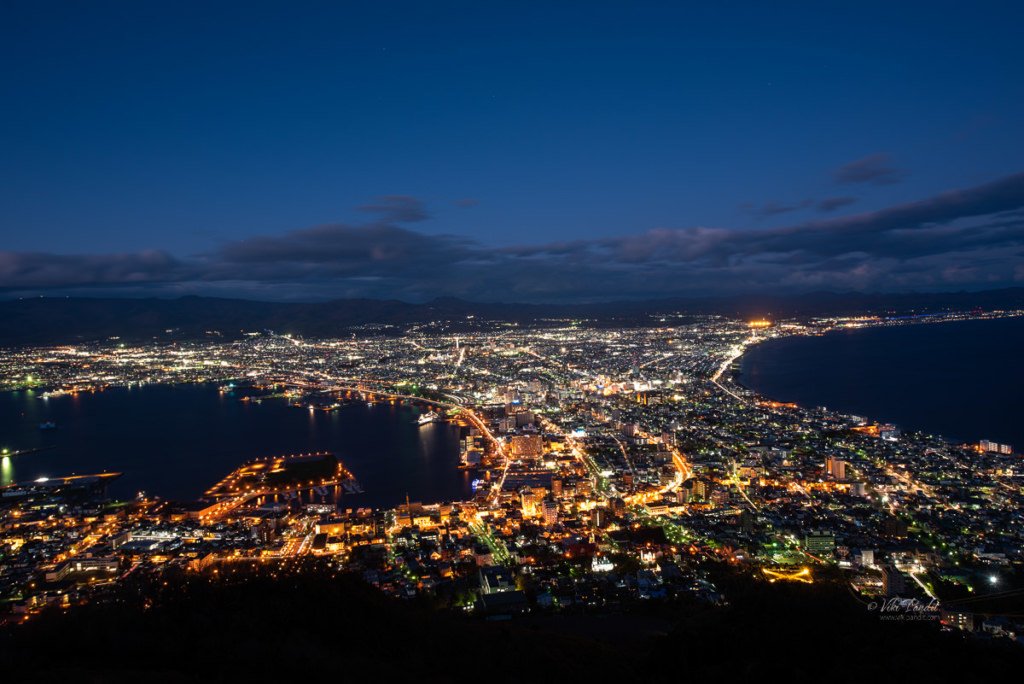
Night view from Mt. Hakodate
Once the sun descends behind the mountains, the city of Hakodate comes alive like a sea of glittering jewels. Hakodate-shi as it is known locally is the capital city of Oshima Sub-prefecture in Hokkaido. The view from Mt. Hakodate is acclaimed as one of the three best night-views in Japan.
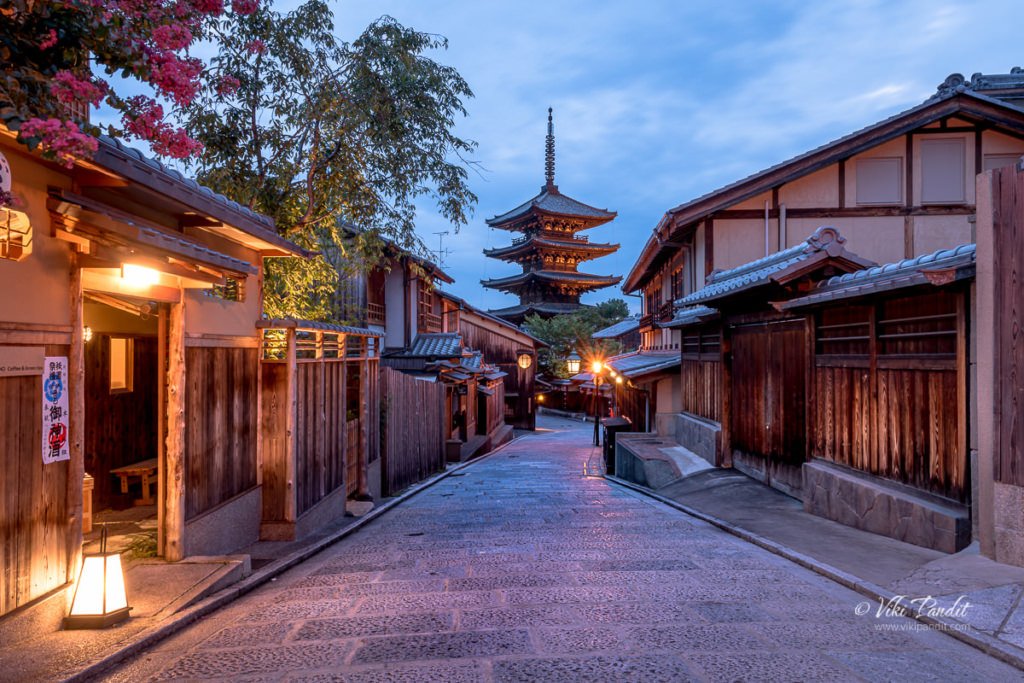
An evening at Yasaka-no-tō Pagoda
Today we take a walk down to Yasaka-dori in Kyoto to the stunning Yasaka-no-tō Pagoda. Built in 592, the Pagoda is the only standing structure of the Hokan-ji Temple. The rest of the structures have either been destroyed by fires or earthquakes over the years.
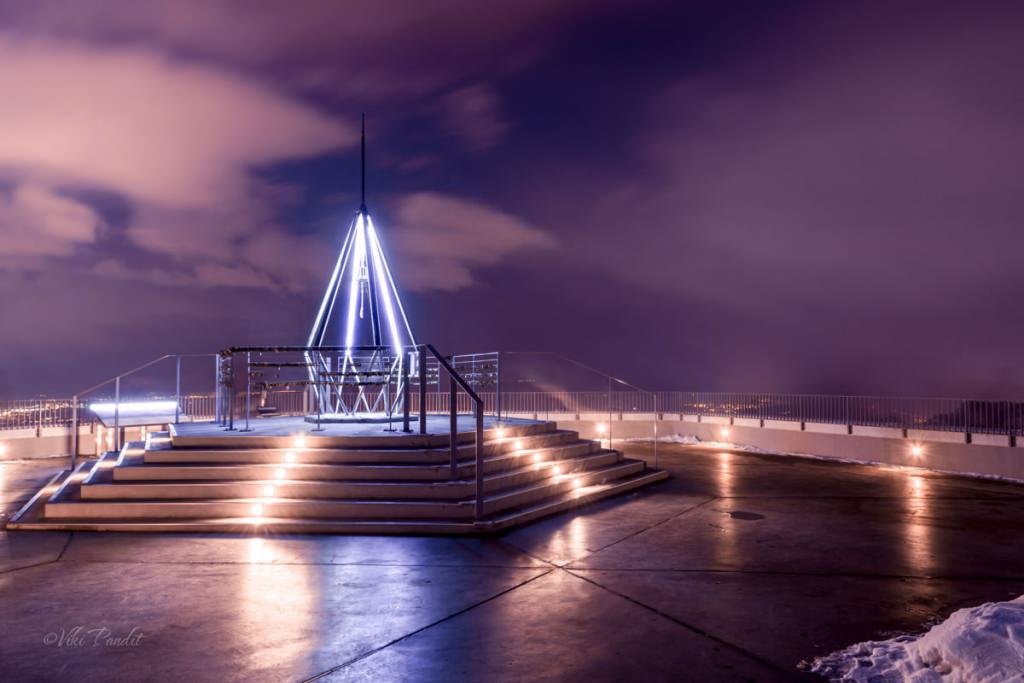
Lovers Sanctuary on Mount Moiwa
Its my last night in Hokkaido. We take the Ropeway to the observation deck on Mt. Moiwa. It is thrilling, witnessing the spectacular panorama of the streets of Sapporo and the Ishikari Bay, twinkling like countless diamonds floating on a dark sea. I so love Hokkaido!!
